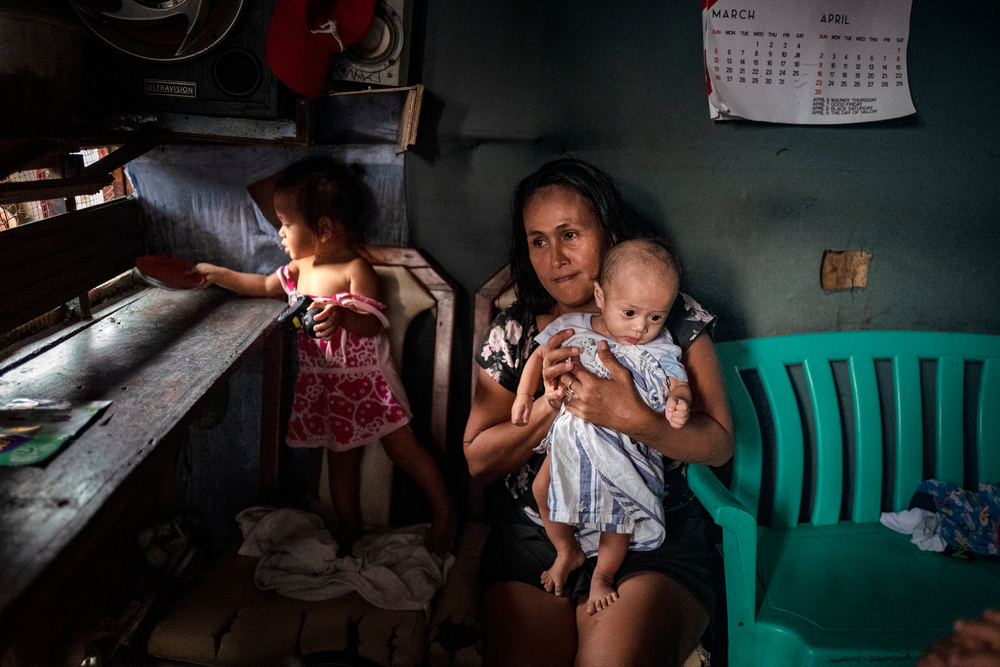GENEVA — A new report released by Doctors Without Borders / Médecins Sans Frontières (MSF) shows that children with tuberculosis (TB) continue to be left behind in the global effort to end the disease. The report, TACTIC: Test, Avoid, Cure TB in Children, surveyed TB policy guidelines in 14 countries* with a high burden of TB, revealing that many countries lag behind in aligning their national TB policies with the latest guidelines from the World Health Organization (WHO).
Doctors Without Borders urged all countries to update their national guidelines so they are in line with the WHO recommendations for the care of children with TB, and to allocate the needed resources—along with developing clear plans with timelines to implement the policies and increase access to TB prevention, diagnosis, and treatment of the children with TB in the country. Doctors Without Borders also urged international donors and technical support agencies to provide sufficient funding to countries to support pediatric TB policy reforms and implementation.
“TB is curable, also in children. The WHO has updated policies to guide countries in providing the best possible care to children with TB, one of the world’s deadliest infectious diseases,” said Stijn Deborggraeve, Diagnostics Advisor at MSF Access Campaign. “Yet countries are lagging behind in adopting and implementing these solutions for testing, preventing, and treating TB in children. We urge countries, donors, and technical agencies to put an end to this deadly status quo and step up their efforts to ensure timely diagnosis and treatment of TB in children. We can no longer afford inaction—every delay means that more children die unnecessarily.”
Of the 14 policy indicators measured in the Doctors Without Borders report, only one country’s policies are fully aligned with WHO guidance, while seven countries have more than 80% alignment, and four countries still fall below 50% alignment. The largest gaps were found in policies related to diagnosing TB in children. For example, only 5 out of 14 countries have adapted their guidelines to initiate TB treatment in children when symptoms strongly indicate TB disease, even if bacteriological tests are negative. Additionally, only 4 of these 5 countries have the necessary resources to implement this guidance effectively.
The WHO estimates that 1.25 million children and young adolescents (0-14 years) fall ill with TB each year, but only half of these children are diagnosed and treated. Based on the latest scientific evidence, WHO revised its guidance in 2022 for the management of children and adolescents with TB and made several key recommendations, including the use of treatment decision algorithms that allow many children to be diagnosed based on symptoms alone in the absence of lab confirmation, and offering short oral regimens to treat and prevent TB disease in children. If adopted and implemented, the WHO recommendations would drastically improve the diagnosis and quality of care for children with TB.
“Since the older children have been able to benefit from the shorter three-month, once-weekly TB preventive treatment, they have really appreciated how easy it is to take, as have their parents, and the adherence to treatment is much improved. This is a first-hand example of how keeping up with the latest recommendations can provide patient-centered quality of care as well as improve the national indicators on preventive treatment. We are looking forward to making it available for all ages soon,” says Trisha Thadhani, Filipino TB doctor from the Doctors Without Borders TB project in Tondo, Manila.
However, the work does not stop with policy reforms. For example, new, shorter, all-oral regimens are now recommended by the WHO for both drug-susceptible (DS-) and drug-resistant TB (DR-TB) treatment in children, but their rollout in countries remains slow. Additionally, while new and child-friendly TB drugs are available for DS- and DR-TB, these are not always procured by countries.
“It’s unfortunate that child-friendly formulations of TB drugs are still not available in many countries due to bureaucratic barriers and funding gaps,” said Dr Cathy Hewison, Head of Doctors Without Borders TB working group. “As a result, children with TB are forced to swallow crushed and bitter medicines without appropriate weight-based doses, putting them at grave risk of side effects and treatment failure. This neglect must end now. We call on governments, donors, and global health organizations to act with urgency, ensuring no child dies or suffers from a preventable, treatable disease like TB. The tools and treatments we have must reach the children who need them most – now.”
*Afghanistan, Central African Republic, Democratic Republic of Congo, Guinea, India, Mozambique, Niger, Nigeria, Pakistan, Philippines, Sierra Leone, Somalia, Republic of South Sudan, Uganda.

